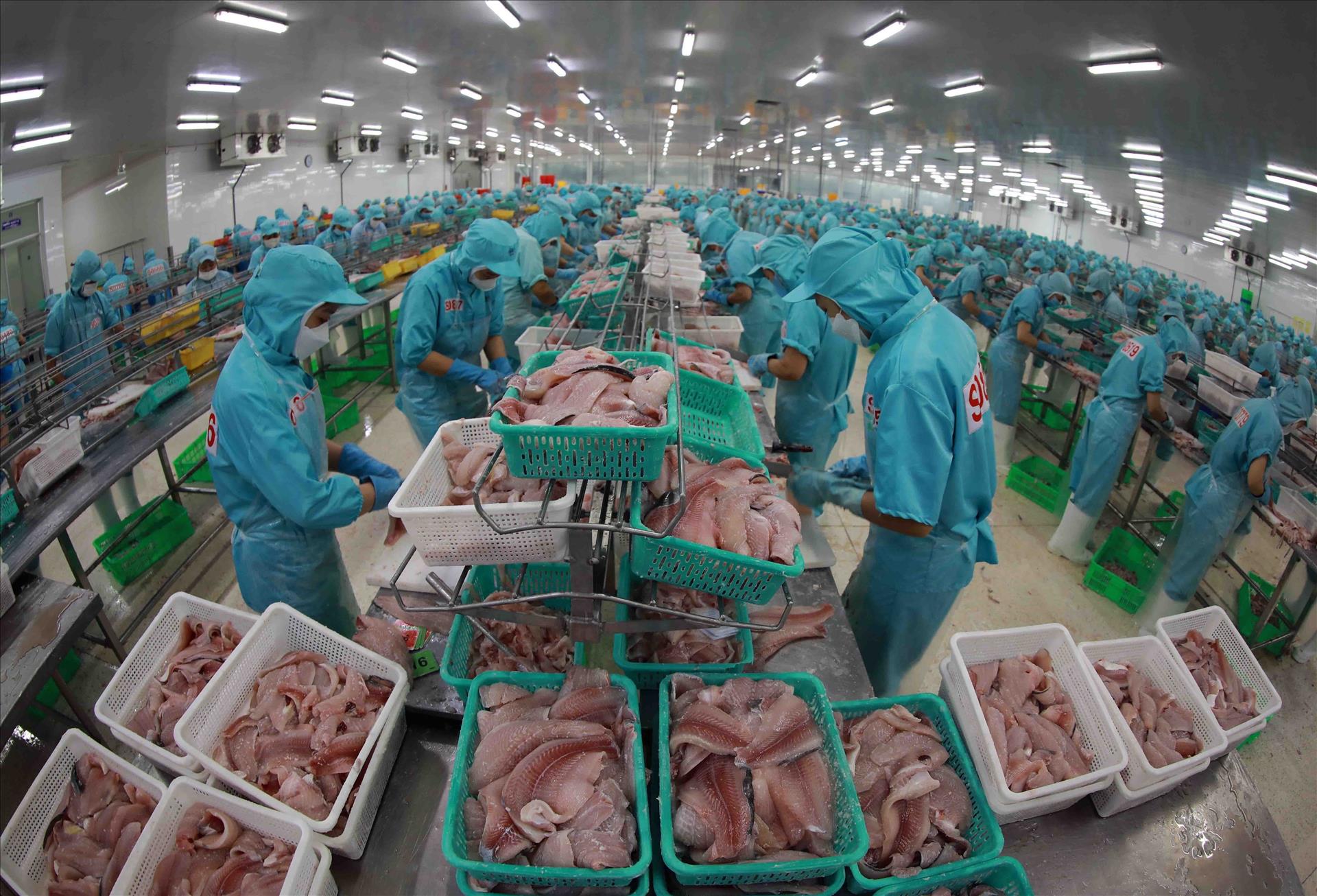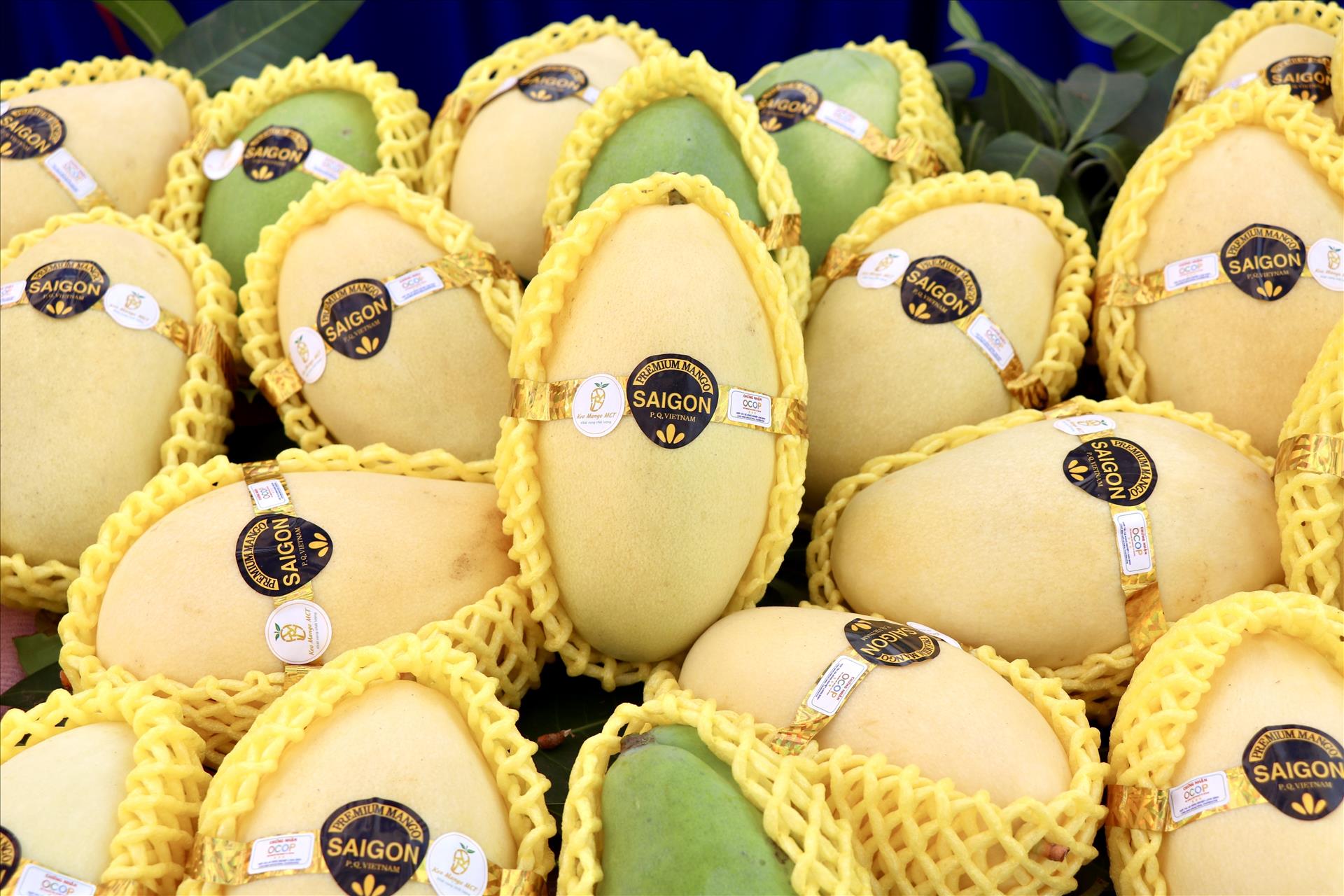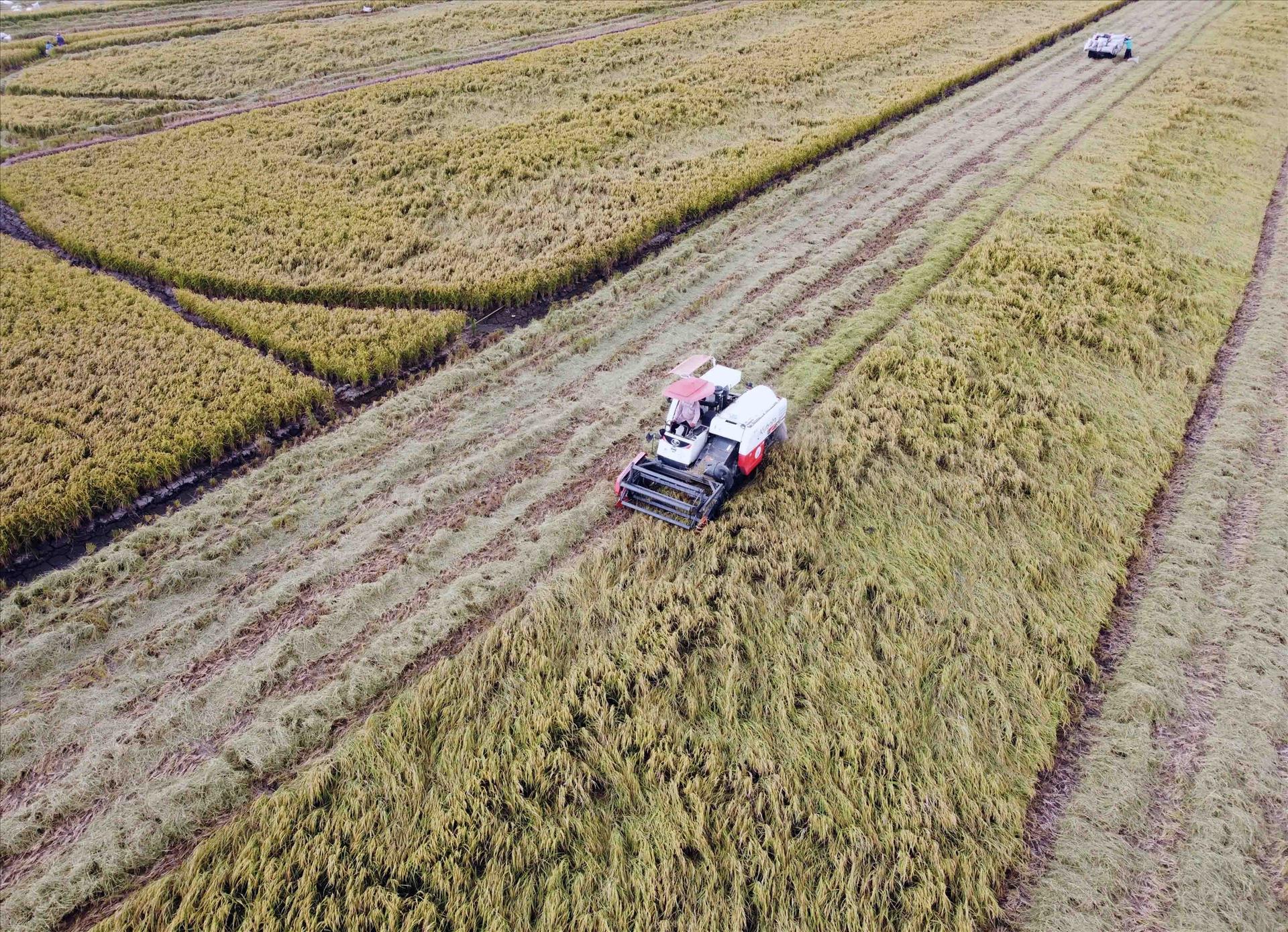ASEAN Sees a Significant Surge in Goods Exports
After a challenging and turbulent 2023 for the global economy, the dawn of 2024 brings renewed optimism for ASEAN nations. The region is witnessing a significant uptick in trade activities, spurred by a global market recovery and a substantial increase in export orders.
Arobust recovery in exports is poised to have a substantial impact on the economies within ASEAN that are heavily reliant on trade. Countries with a high export-to-GDP ratio, such as Singapore (110%), Vietnam (91%), and Malaysia (86%), are set to benefit the most from the uptick in global market activity. Exports play a significant role in driving Thailand's economy, contributing to 58% of its GDP. In contrast, the impact of exports is less pronounced in Indonesia and the Philippines, where the figures stand at 22% and 20% respectively.
The electronics sector is at the forefront of ASEAN's trade recovery, representing a significant portion of exports from the Philippines, Malaysia, Vietnam, and Singapore, with Thailand also benefiting to a lesser extent. Electronics exports account for approximately 58% of the Philippines' total export value, 38% in Malaysia, 31% in Vietnam, and 23% in Singapore.
Agriculture continues to be a cornerstone of Southeast Asian economies, with some countries seeing it contribute to over 25% of GDP. In Myanmar, agriculture holds particular importance, providing more than 40% of total employment. ASEAN plays a significant role as a major supplier of agricultural products to global markets. For example, countries like Indonesia, Thailand, and Malaysia collectively produce around 3.3 million tons of rubber annually, accounting for approximately 70% of the world's supply.
Indonesia and Malaysia are the primary palm oil producers in Southeast Asia, collectively supplying nearly 90% of the world's palm oil. Indonesia is the third-largest cocoa producer globally, with an annual output of approximately 450,000 tons, and ranks eighth in tea production according to the Food and Agriculture Organization (FAO).
The Philippines is one of the world's largest producers and exporters of coconuts and pineapples, and it is also a significant sugar producer. Recent data from the Philippine Statistics Authority shows a 7.5% increase in the country's exports of goods and services in the first quarter of 2024.
Relating to key agricultural products, Vietnam and Thailand are leading rice exporters. Vietnam and Indonesia are major global suppliers of pepper while Vietnam, Thailand, and Malaysia are the top exporters of durian.
In the first quarter of 2024, Vietnam's export turnover is estimated to reach 93.06 billion US dollars, showcasing robust and balanced growth across three main product groups. The agricultural, forestry, and fishery products sector is estimated at 8.46 billion US dollars, marking a notable increase of 23.8%. Processed and manufactured goods, on the other hand, are nearly at 79.6 billion US dollars, constituting a significant portion of total exports at 86%. Meanwhile, the mineral fuels sector is estimated at 1.13 billion US dollars, experiencing a commendable increase of 12.1% compared to the same period in 2023.
Furthermore, the export activity in the textile and garment sector has displayed positive signals in the first quarter of 2024. In the first quarter of 2024, Indonesia emerged as the third-largest import market for Vietnam within the ASEAN bloc. The top two import destinations within ASEAN were Thailand with 2.6 billion US dollars and Malaysia with 2.41 billion US dollars. Vietnam became the largest rice exporter and ranked as the fifth-largest seafood exporter to the Singaporean market. Meanwhile, Singapore, saw its exports exceed 165.94 billion SGD, marking a 4.45% increase compared to the same period in 2023.
The Central Bank of Malaysia has announced that Malaysia's GDP growth in the first quarter of 2024 reached 4.2% compared to the same period, marking the highest growth rate in a year. This result stems from the recovery in export demand from foreign partners as well as strong private consumption growth.
Malaysia's exports recorded a notable increase of 5.2%, reversing the 7.9% decline seen in the fourth quarter of 2023. The resurgence in ASEAN's exports is poised to expand trade surpluses, increase foreign exchange reserves, and stabilize currencies in 2024. This promising outlook suggests a robust economic recovery for the ASEAN region.
Story: VNP Photos: VNA Translated by Nguyen Tuoi











